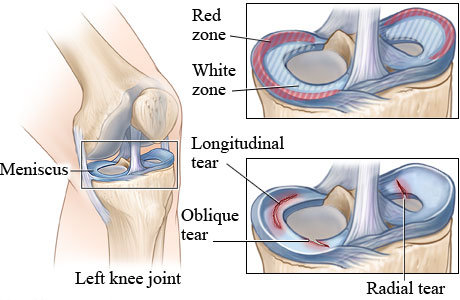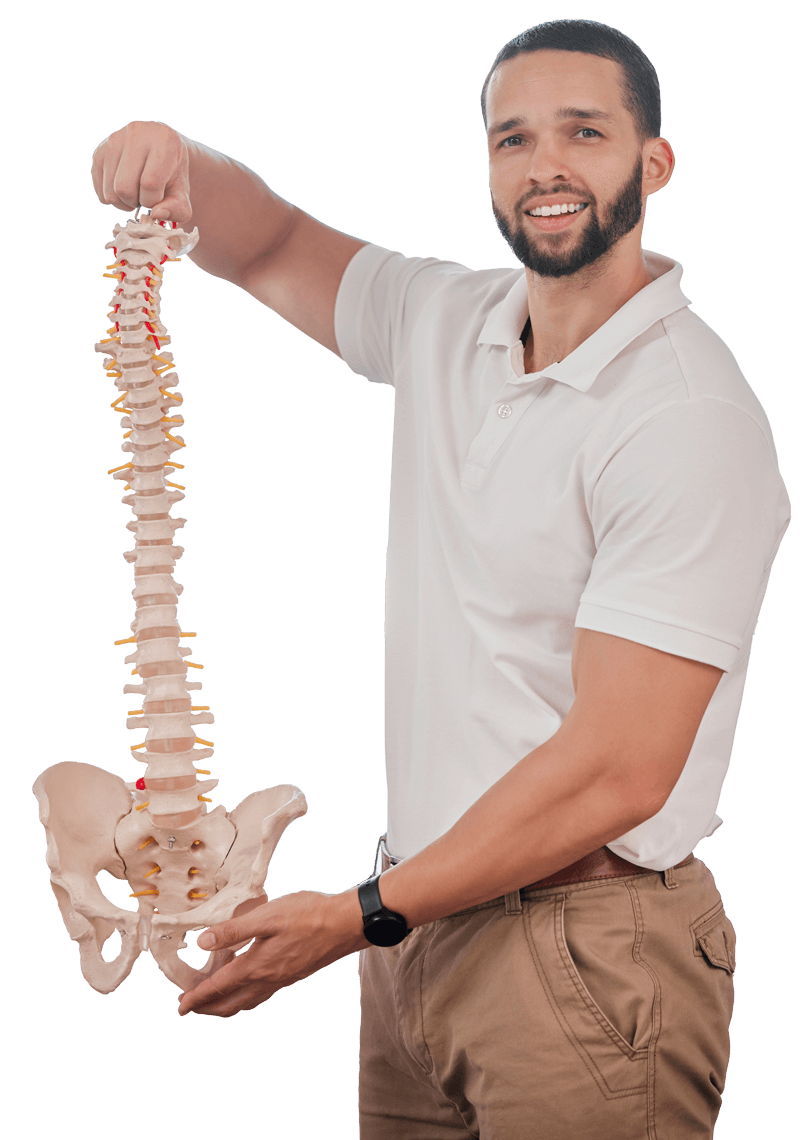One of the most recurrent cartilage injuries of the knee joint, a meniscus knee tear can be quite agonizing and exhausting. A gradual discovery of knee pain, clicking, or cracking over time implies wearing down of the cartilage or meniscus. However, before we jump to the how effective is physical therapy as a remedy to this kind of knee ailment, let’s absorb in as much as we can about what exactly is a meniscus tear in the knee.
Anatomy of a Meniscus
One’s knee consists of two fragments of fibrous cartilage, one out of which is medial shaped (C – shaped) and the other is lateral shaped (O – shaped), that rest on top of the shin bone or tibia. The meniscus acts as a shock absorber that cushions and preserves the knee joint. It also guards the bones from ‘wear and tear,’ backing up one’s routine physical activities of walking, running, jumping, pivoting and making rapid direction changes.
How Does the Tear Occur?
A good twist of the knee and whoosh tears the meniscus. In a few cases, it is seen that a piece of the torn cartilage breaks lose comes upon the knee joint, causing it to lock up.
In the younger patients, this injury is usually a result of trauma either while playing a sport, or a trip over another person/object. Whereas in the older ones, identifying a particular incident might be impossible for the meniscus degenerates naturally just like the other joints as we age.
Symptoms of the Meniscus Tear
The following add to the symptoms of meniscus knee tear:
1. Pain in the knee,
2. Inflammation, stiffness, and swelling,
3. A popping sound during the injury,
4. Difficulty in bending and straightening the leg, and
5. Locking of the knee joint.
Initially, the intensity of pain might not be that much, but, once the inflammation crops up, the affected knee will presumably hurt quite a bit. A meniscus tear is diagnosed post a comprehensive examination that includes necessary X-rays or an MRI (Magnetic Resonance Imaging) scan for clarity.
Role of Physiotherapy in Torn Meniscus Treatment
Luckily, depending on its nature, the meniscal tear might or might not really require surgery. It can be dealt with by religiously following some non-operative measures including the RICE Protocol – Rest, Ice, Compression, and Bandaging.
Regardless of whether surgery is considered, intensive physical therapy is a sure shot must for the patients. The therapeutic treatment is tailored individually based on the injury caused. They majorly include stretching and strengthening exercises to help in the reduction of stress on the damaged knee. It is also advised to avoid impact activities such as running and jumping.
Nevertheless, if a tear is large enough, unsteady, or is displaying locking symptoms, surgery is usually preferred or suggested by your Doctor to repair or remove the uneven edges. One is often allowed to go home the very same day as the procedure. A brace might be needed to protect the knee if a repair is carried out.
Just because you are diagnosed with the meniscal tear does not always signify the need to undergo a surgery. Few sessions of physical therapy with us at Care 2 Cure Physiotherapy and Rehab Centre and prescribed careful, progressive exercises will definitely help to resolve knee pain.


